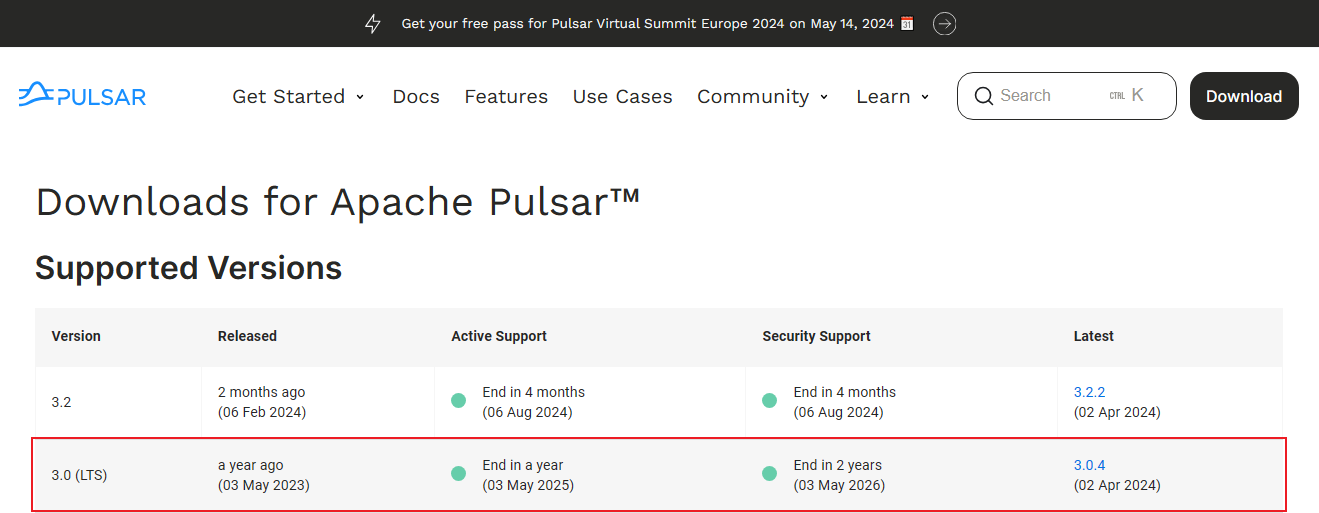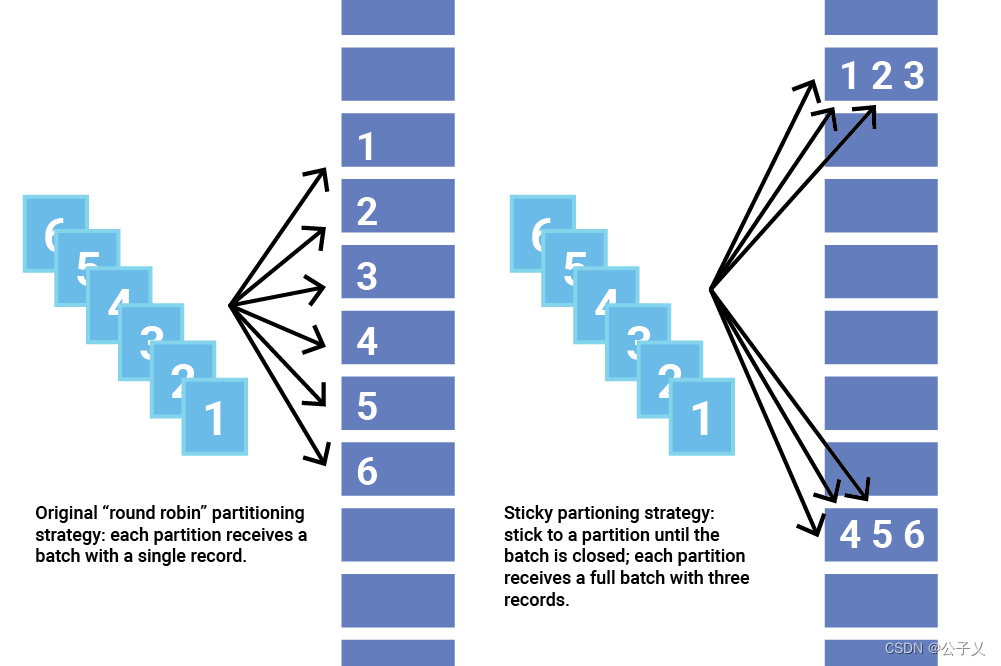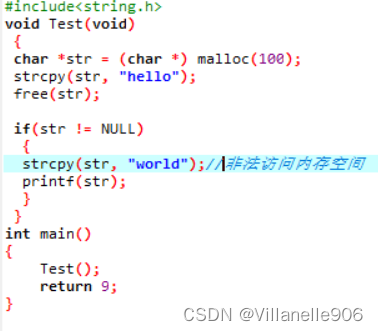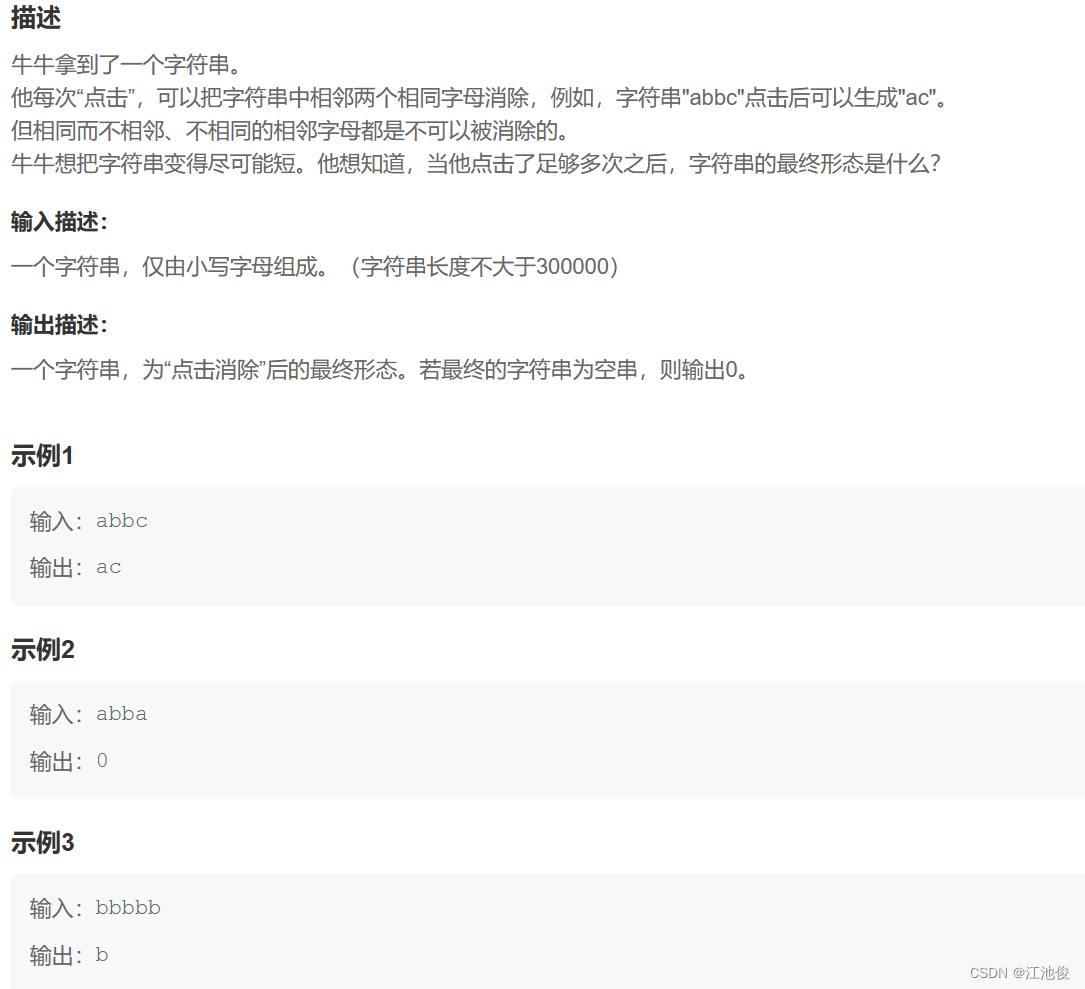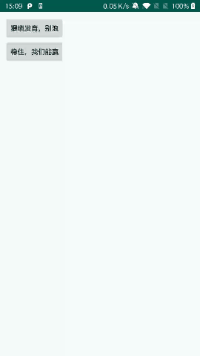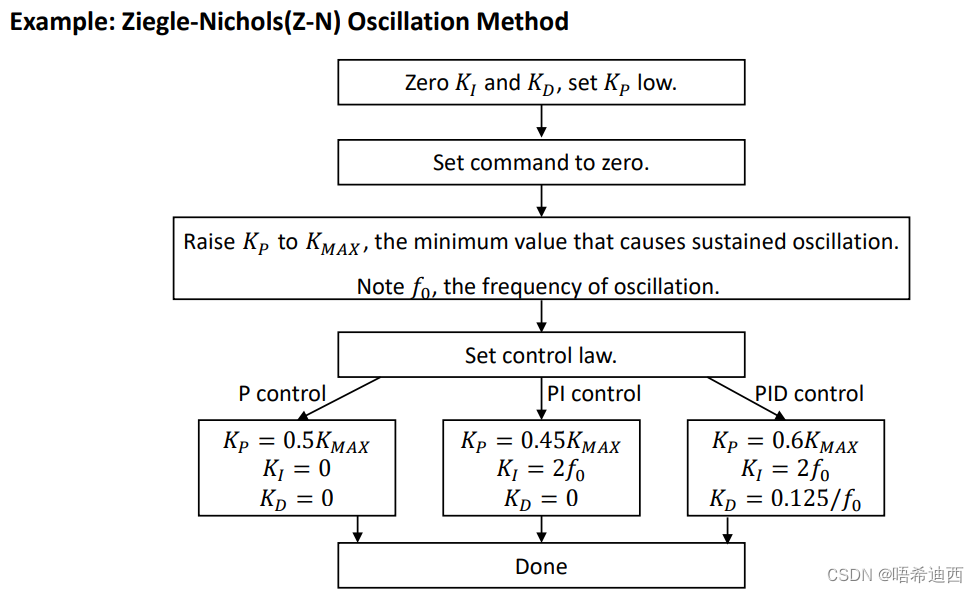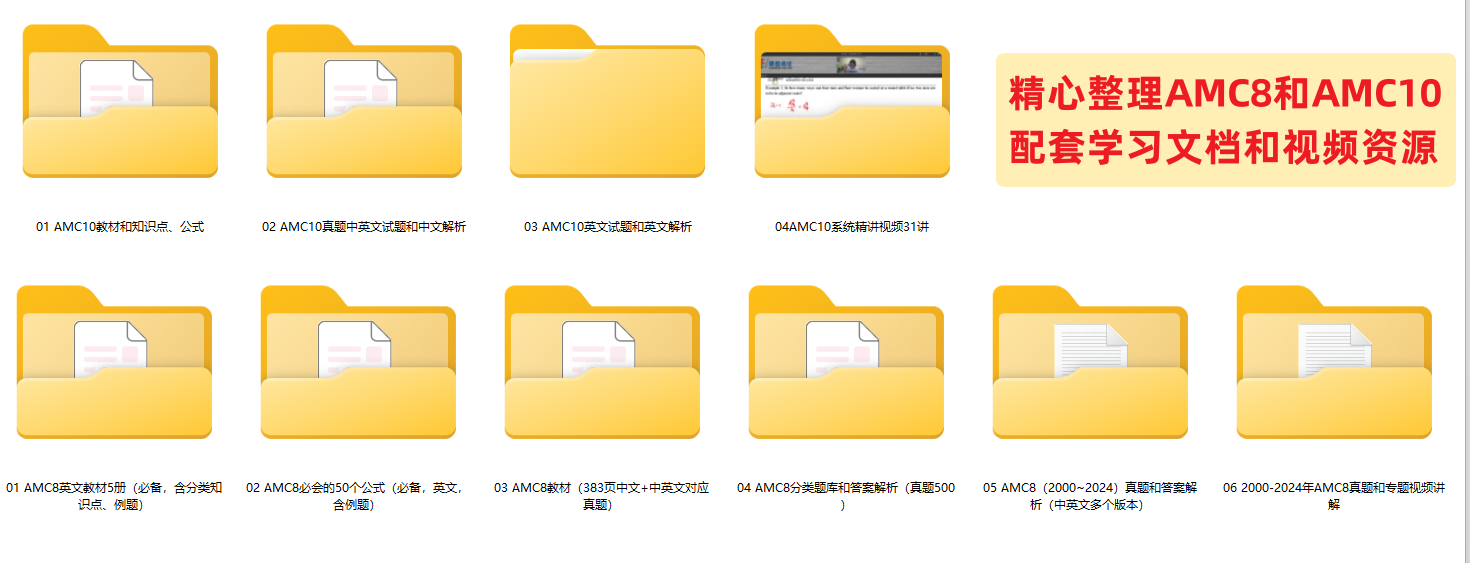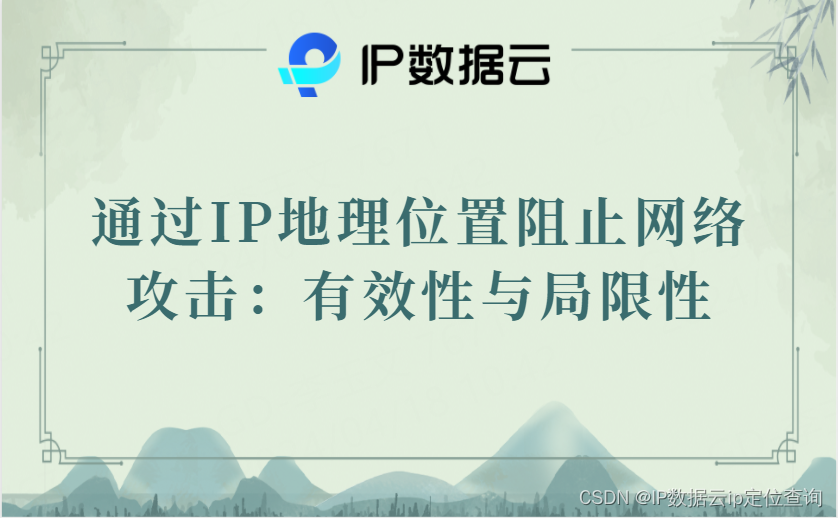
数字类型(Numeric Types):
整数(int):
在 Python 中,整数是不可变的,可以表示正整数、负整数和零。
Python 中整数的大小仅受限于计算机的内存。
# 定义整数变量
num1 = 10
num2 = -5
num3 = 0
# 输出整数变量
print(num1) # 输出:10
print(num2) # 输出:-5
print(num3) # 输出:0
# 整数运算
result = num1 + num2
print(result) # 输出:5
浮点数(float):
浮点数用于表示带有小数点的数字。
浮点数在计算机中是以近似值存储的,因此可能存在精度问题。
# 定义浮点数变量
num1 = 3.14
num2 = -2.5
# 输出浮点数变量
print(num1) # 输出:3.14
print(num2) # 输出:-2.5
# 浮点数运算
result = num1 * num2
print(result) # 输出:-7.85
复数(complex):
复数由实部和虚部组成,形式为a + bj,其中a是实部,b是虚部。
Python 中使用 j 表示虚数单位。
# 定义复数变量
num1 = 2 + 3j
num2 = 1 - 2j
# 输出复数变量
print(num1) # 输出:(2+3j)
print(num2) # 输出:(1-2j)
# 复数运算
result = num1 * num2
print(result) # 输出:(8+1j)
字符串(Strings):
字符串的表示:
在 Python 中,字符串可以使用单引号、双引号或三引号表示。
例如:‘hello’、“world”、’’‘Hello, world!’’’。
字符串的表示和基本操作:
# 定义字符串变量
str1 = 'hello'
str2 = "world"
str3 = '''Hello, world!'''
# 输出字符串变量
print(str1) # 输出:hello
print(str2) # 输出:world
print(str3) # 输出:Hello, world!
# 字符串连接
result = str1 + ' ' + str2
print(result) # 输出:hello world
# 字符串重复
repeated_str = str1 * 3
print(repeated_str) # 输出:hellohellohello
# 字符串格式化
name = 'Alice'
age = 30
formatted_str = 'My name is %s and I am %d years old.' % (name, age)
print(formatted_str) # 输出:My name is Alice and I am 30 years old.
字符串的索引和切片:
# 字符串索引
my_string = 'Python'
print(my_string[0]) # 输出:P
print(my_string[-1]) # 输出:n
# 字符串切片
print(my_string[1:4]) # 输出:yth
print(my_string[:3]) # 输出:Pyt
print(my_string[3:]) # 输出:hon
字符串方法的使用:
# 字符串方法示例
my_string = ' hello world '
# 去除字符串两端的空格
trimmed_str = my_string.strip()
print(trimmed_str) # 输出:hello world
# 将字符串转换为大写
upper_str = my_string.upper()
print(upper_str) # 输出: HELLO WORLD
# 将字符串转换为小写
lower_str = my_string.lower()
print(lower_str) # 输出: hello world
# 字符串分割
words = my_string.strip().split()
print(words) # 输出:['hello', 'world']

